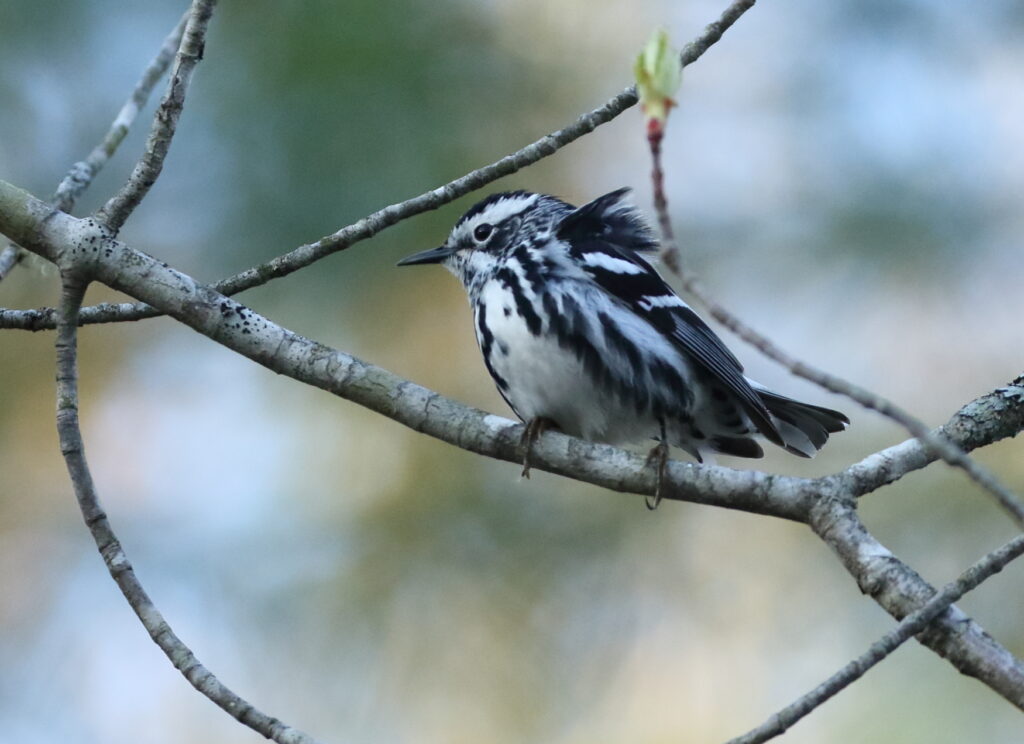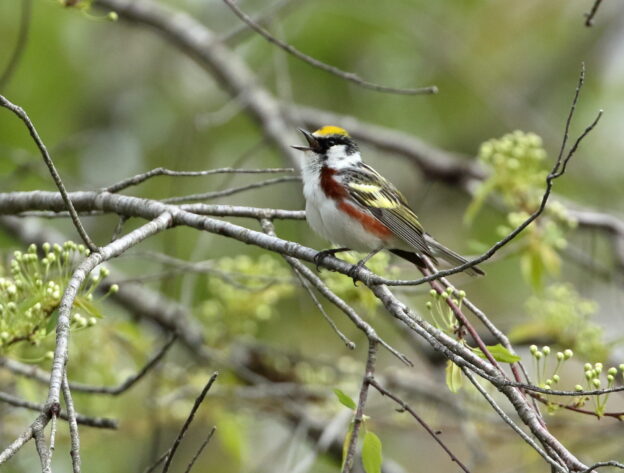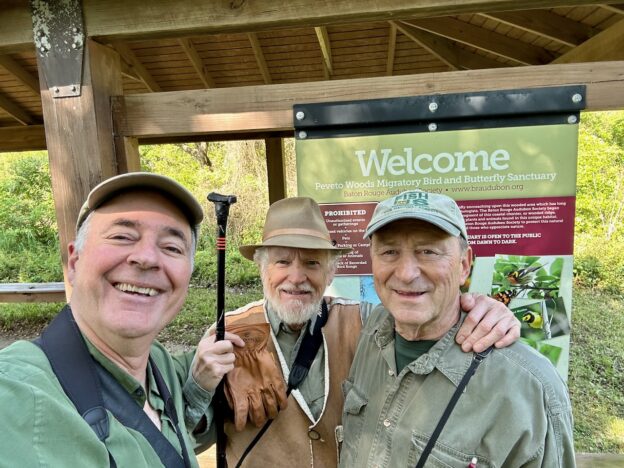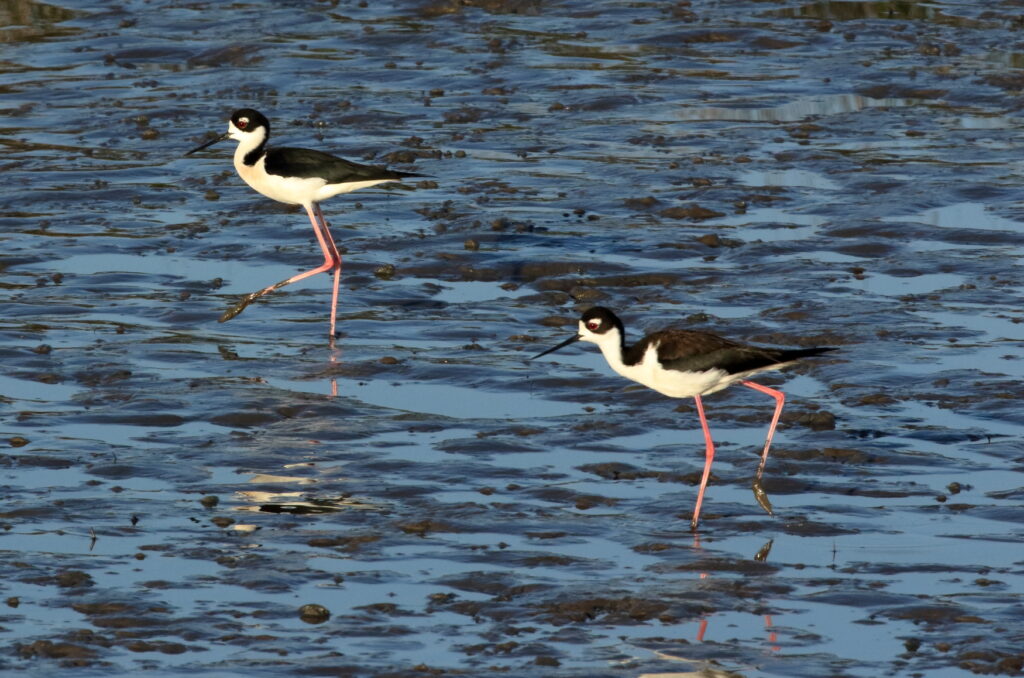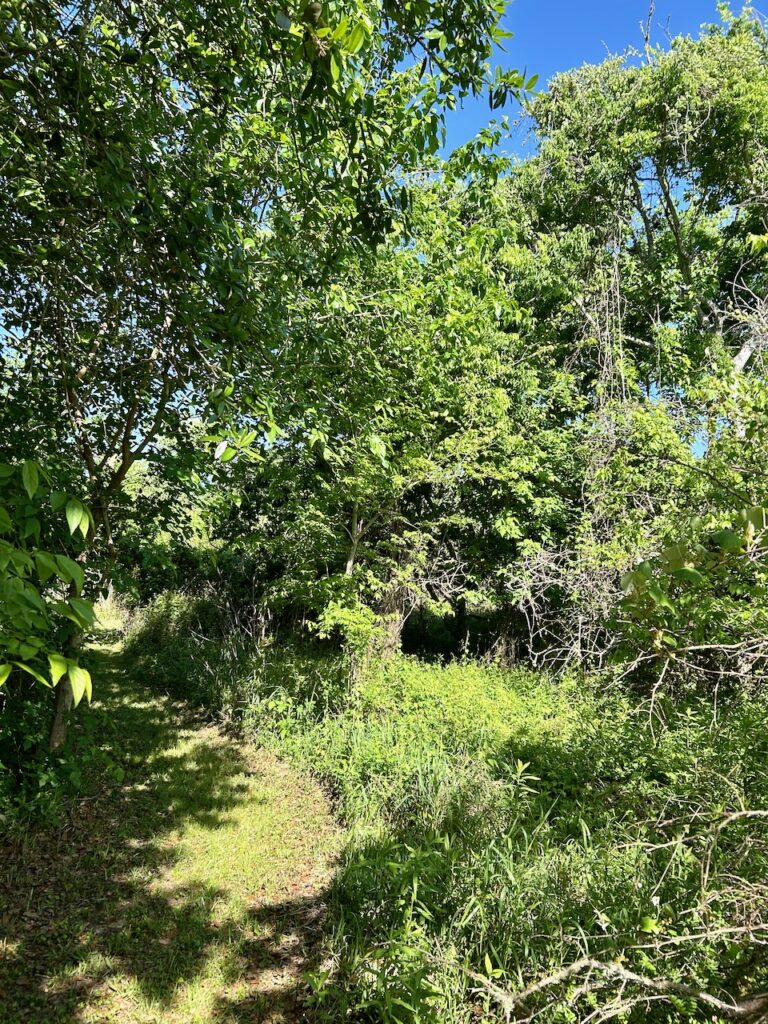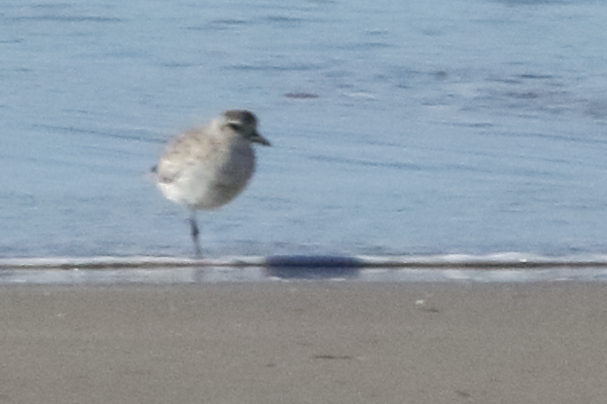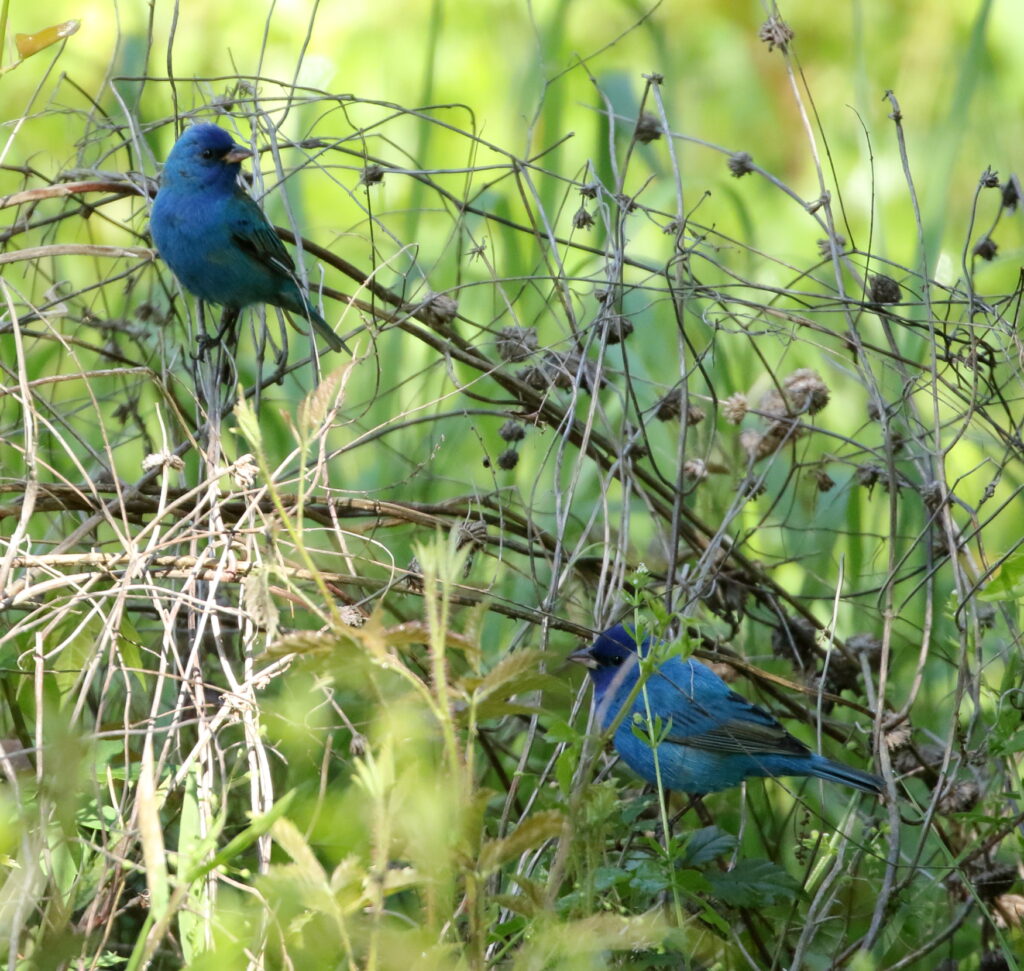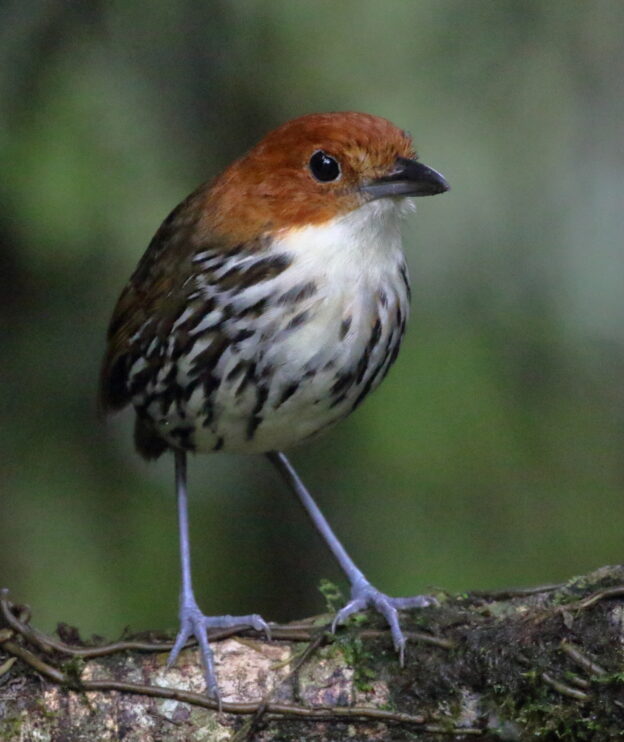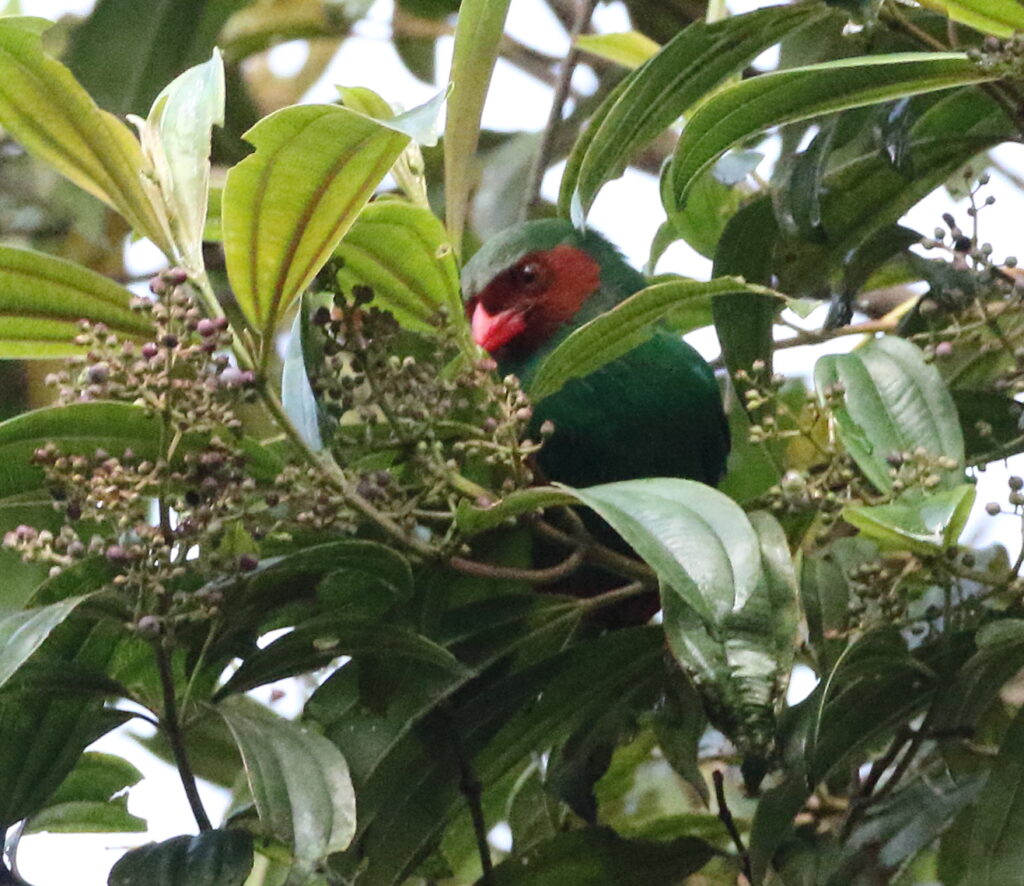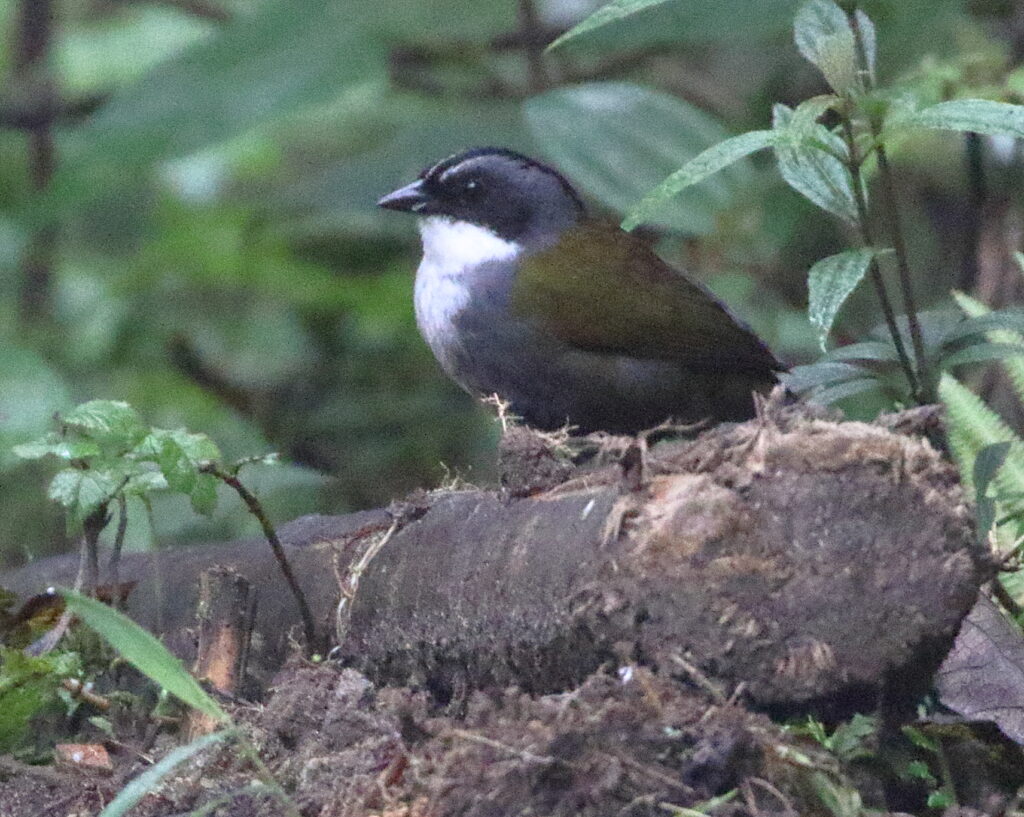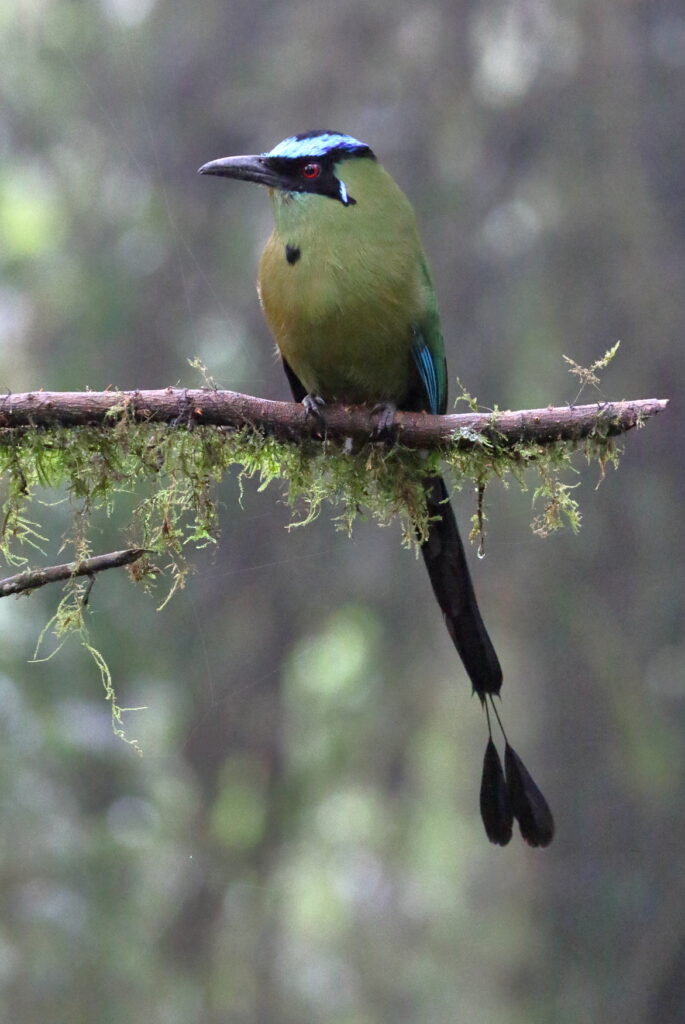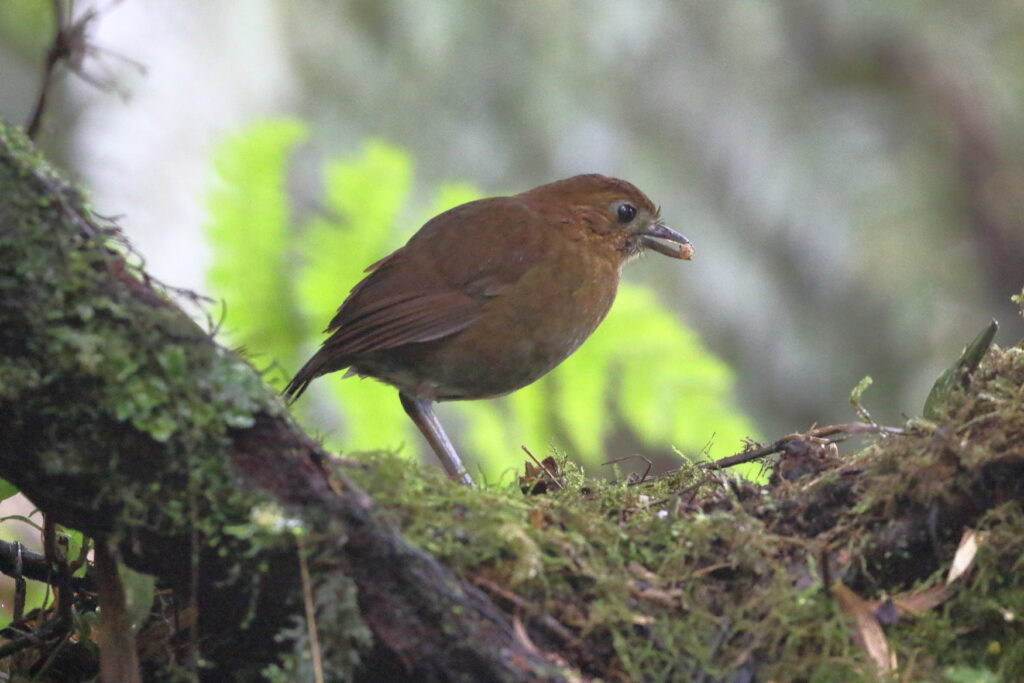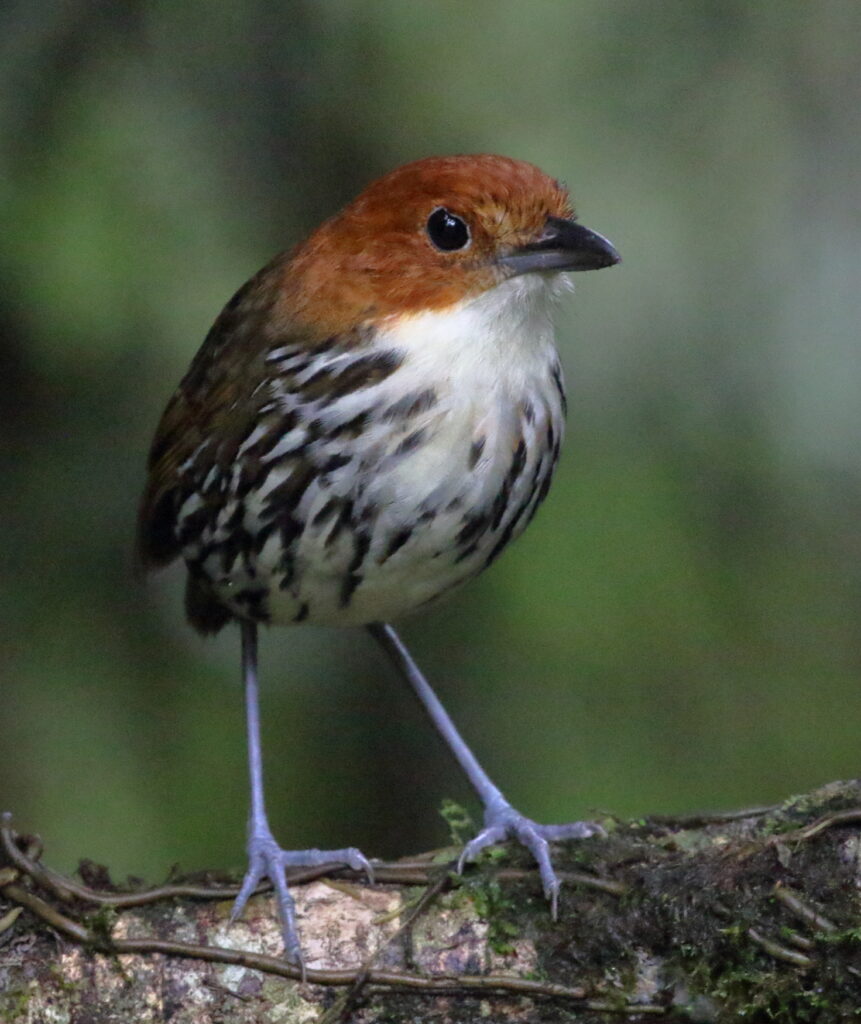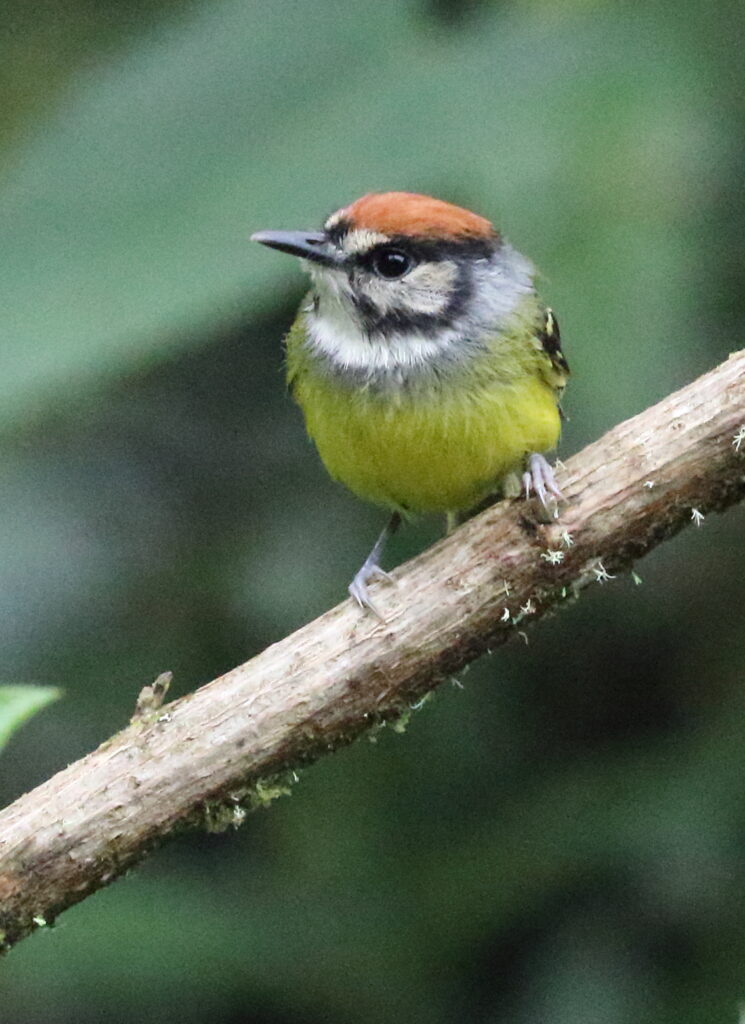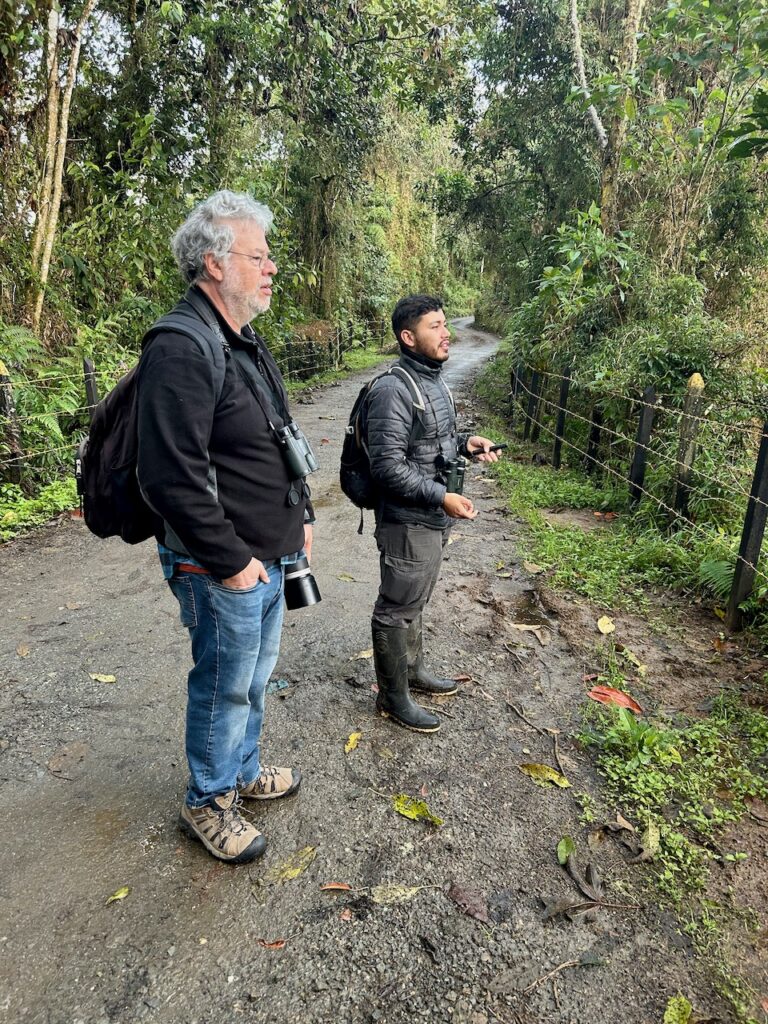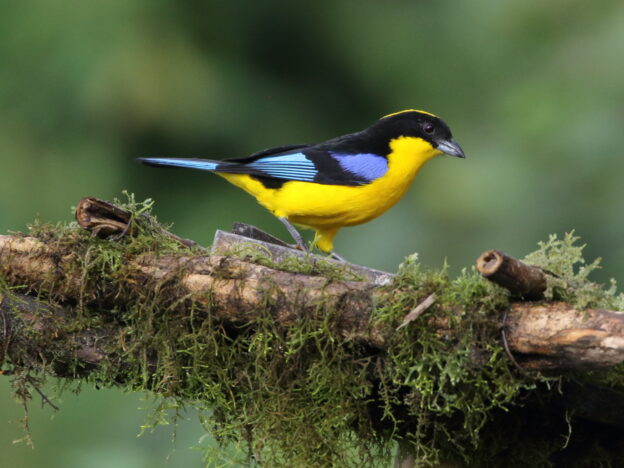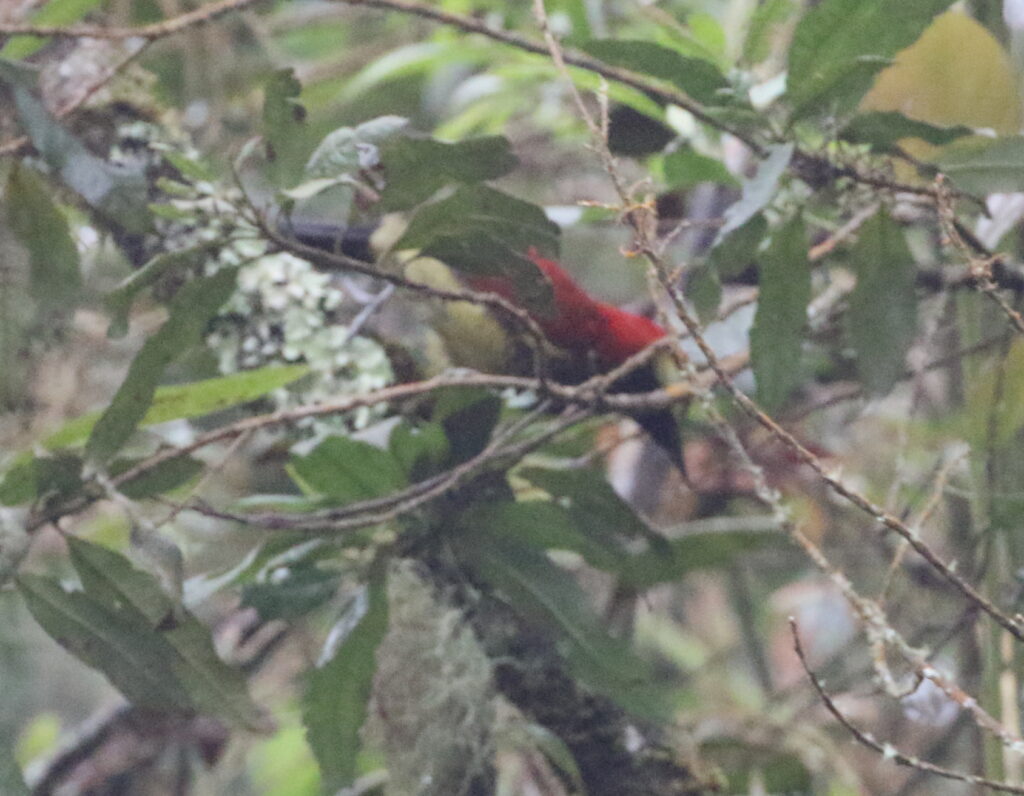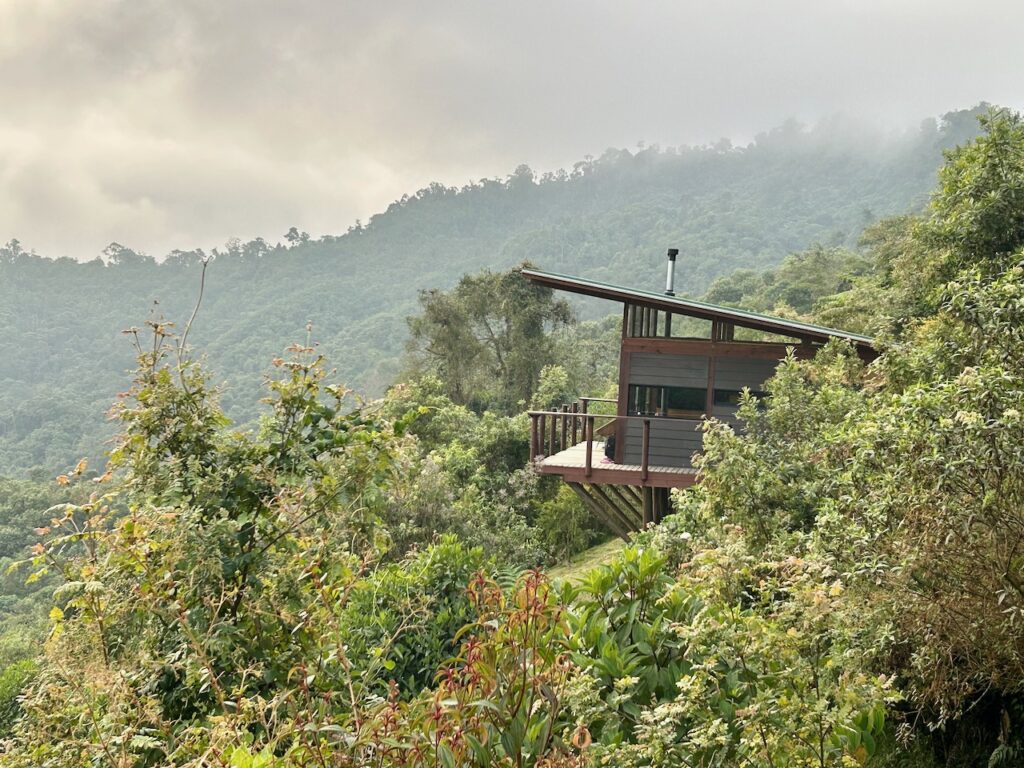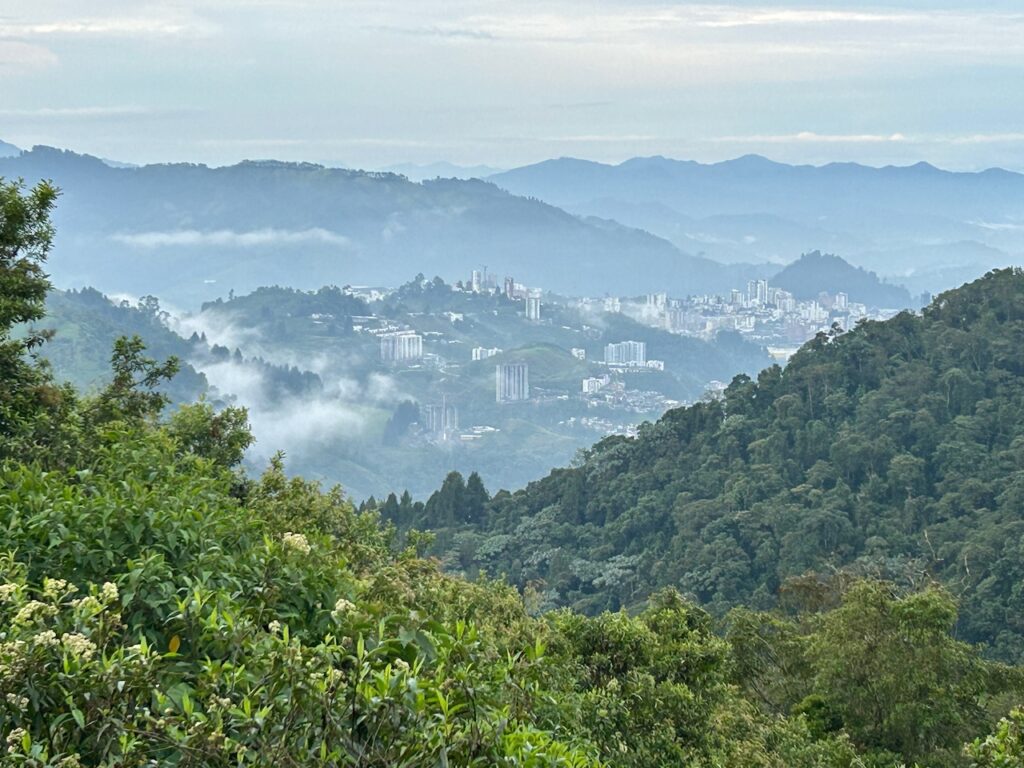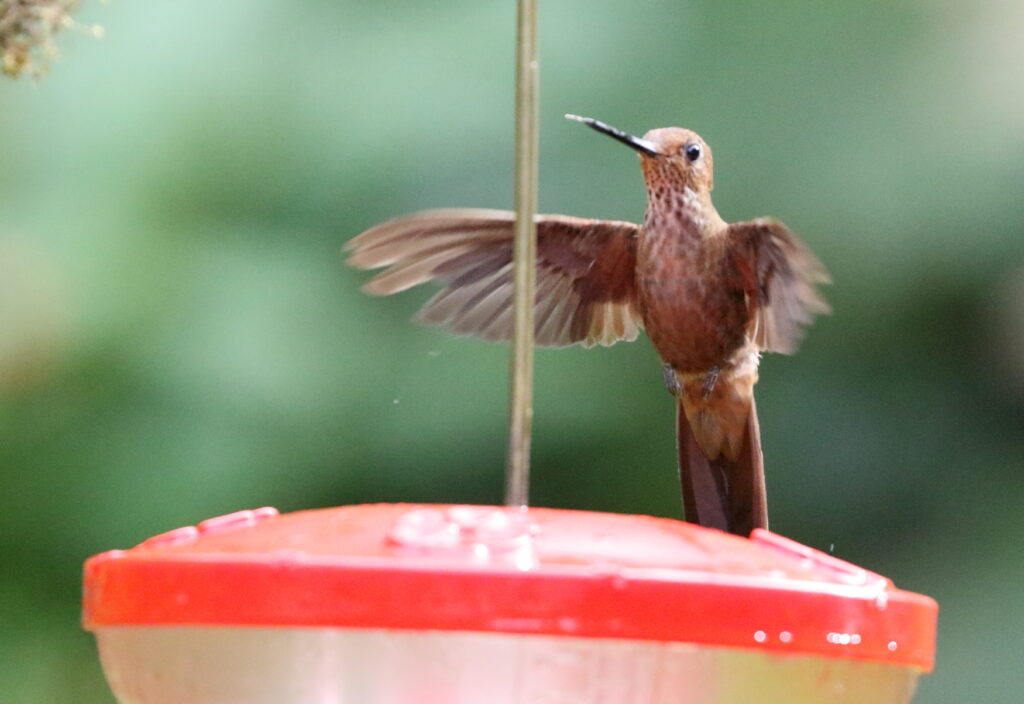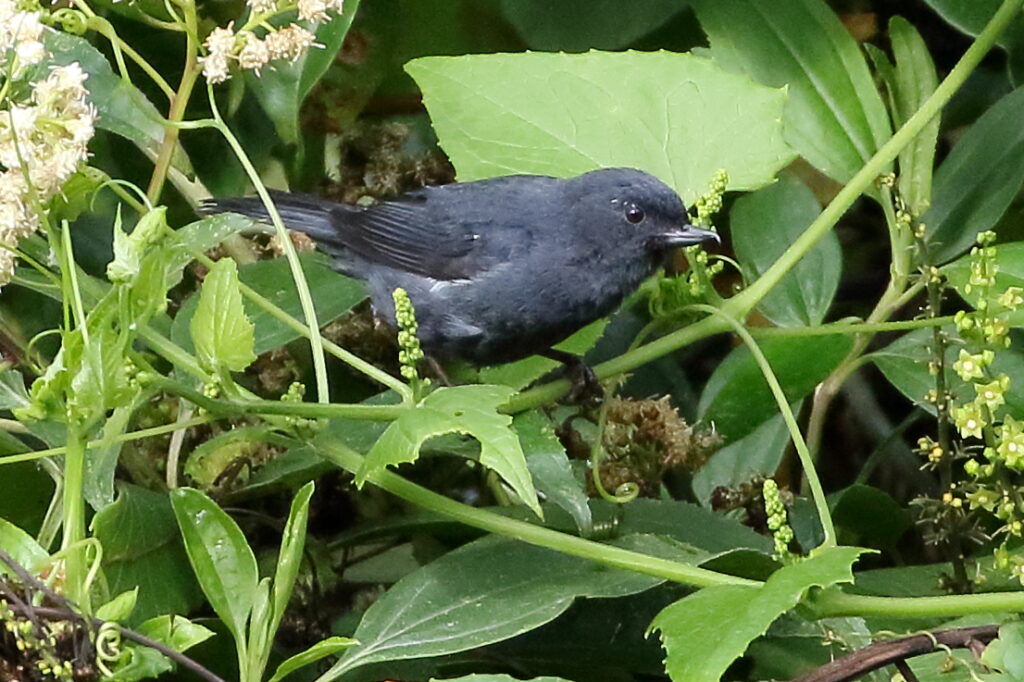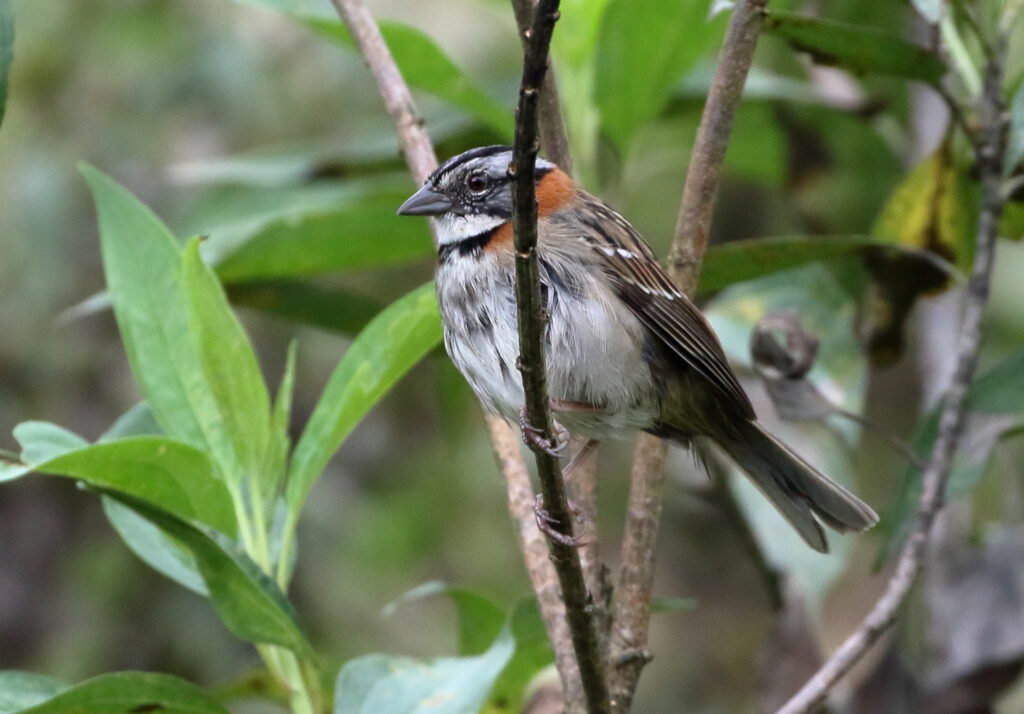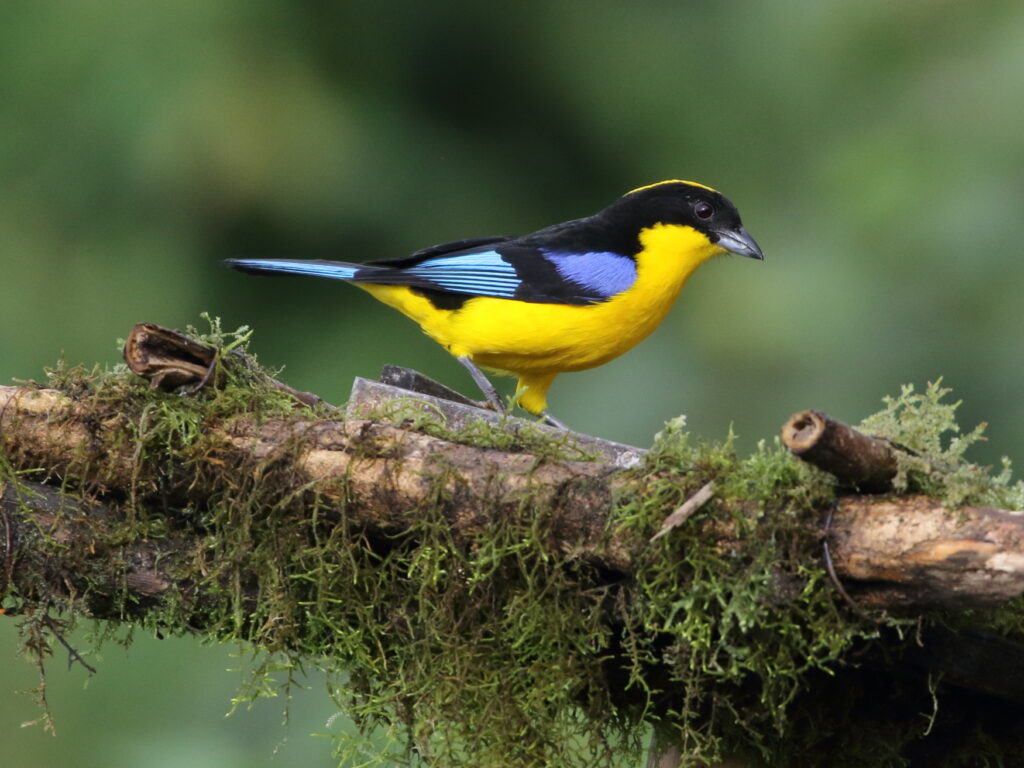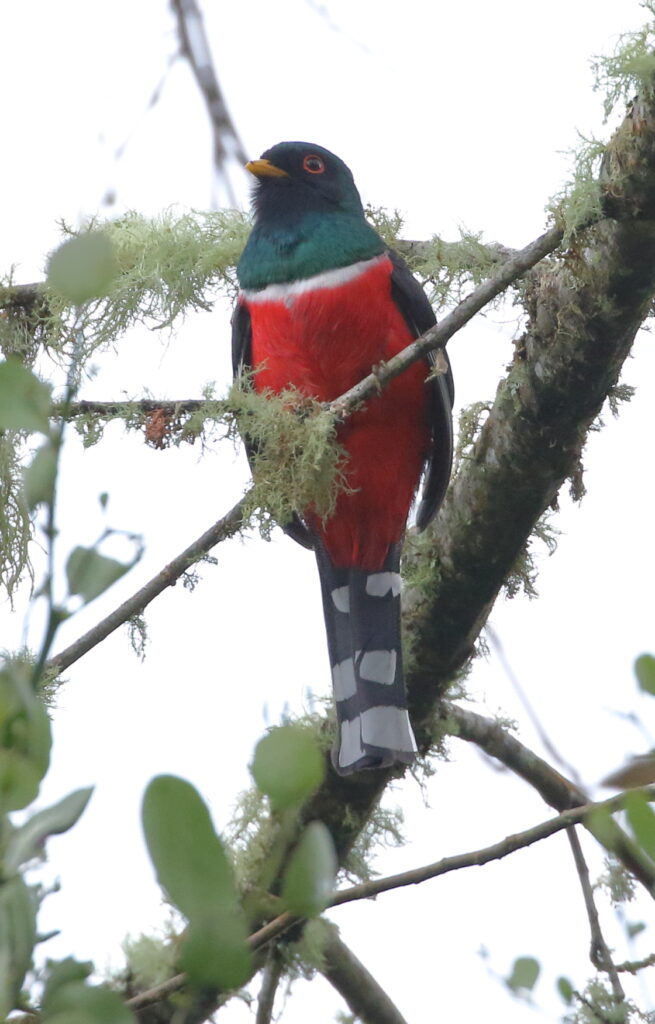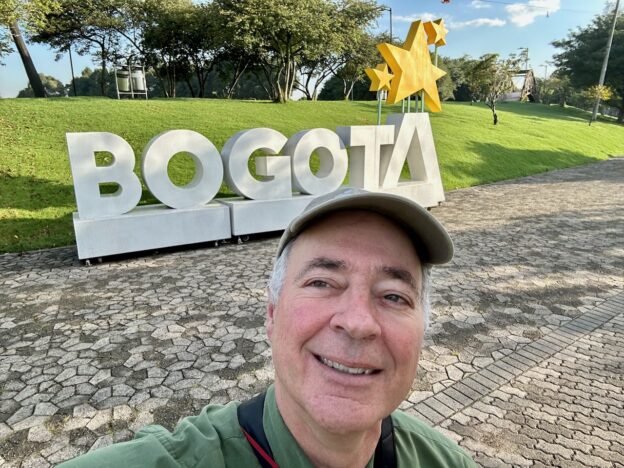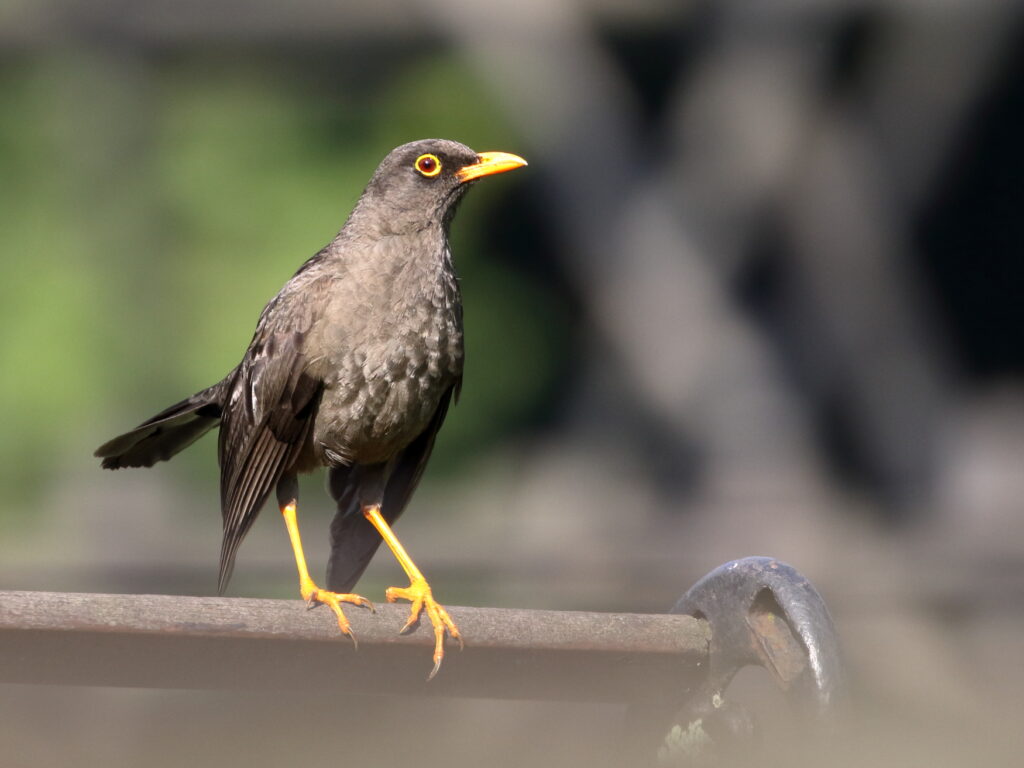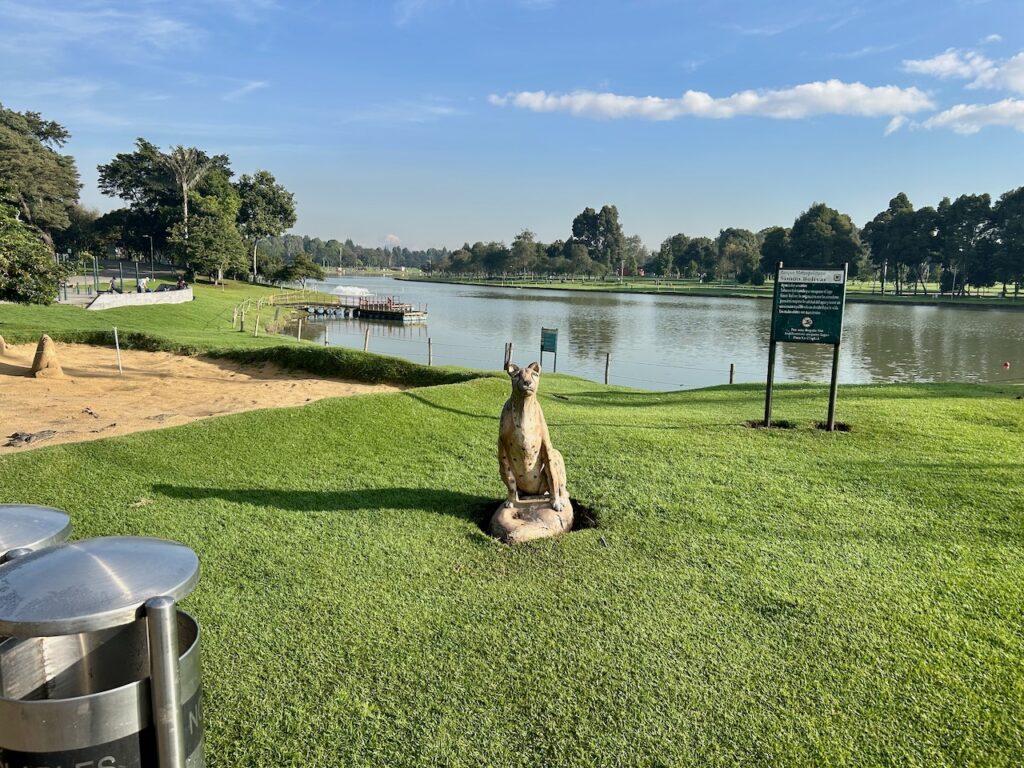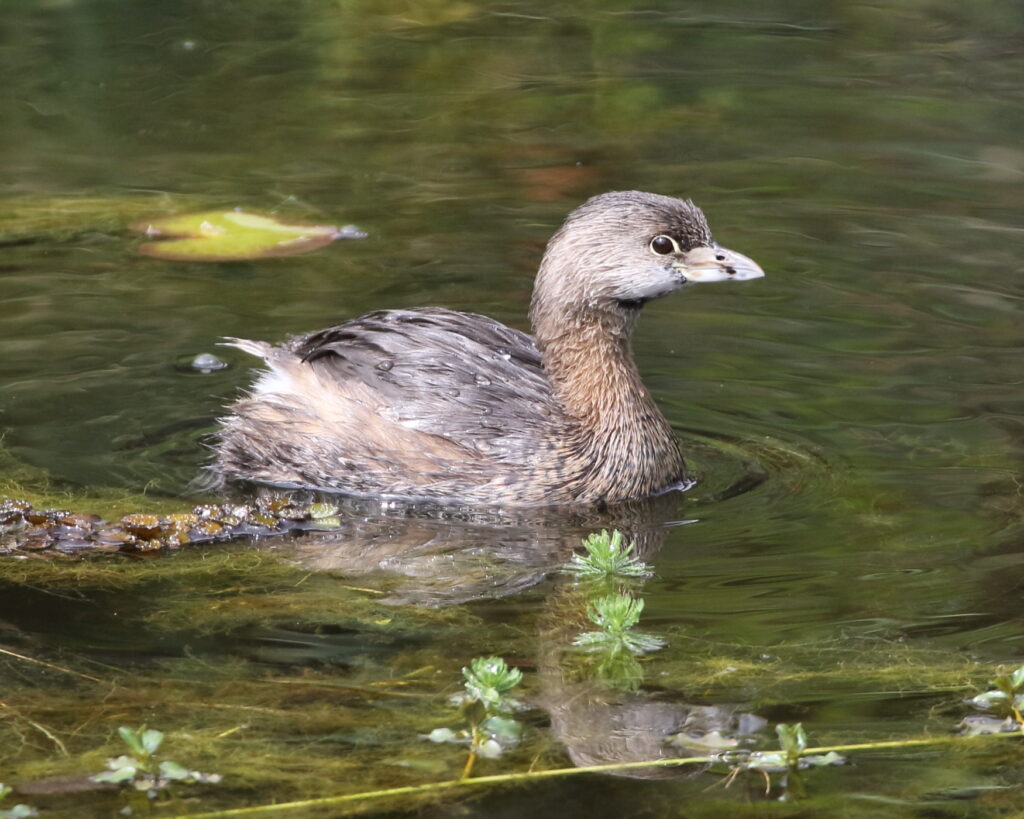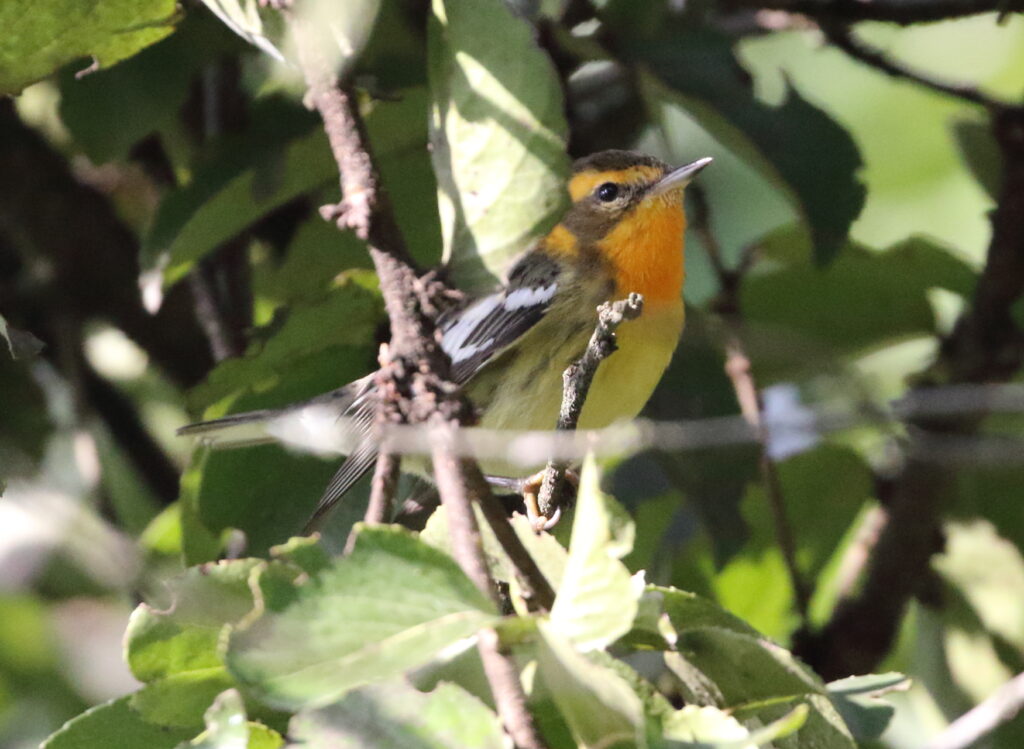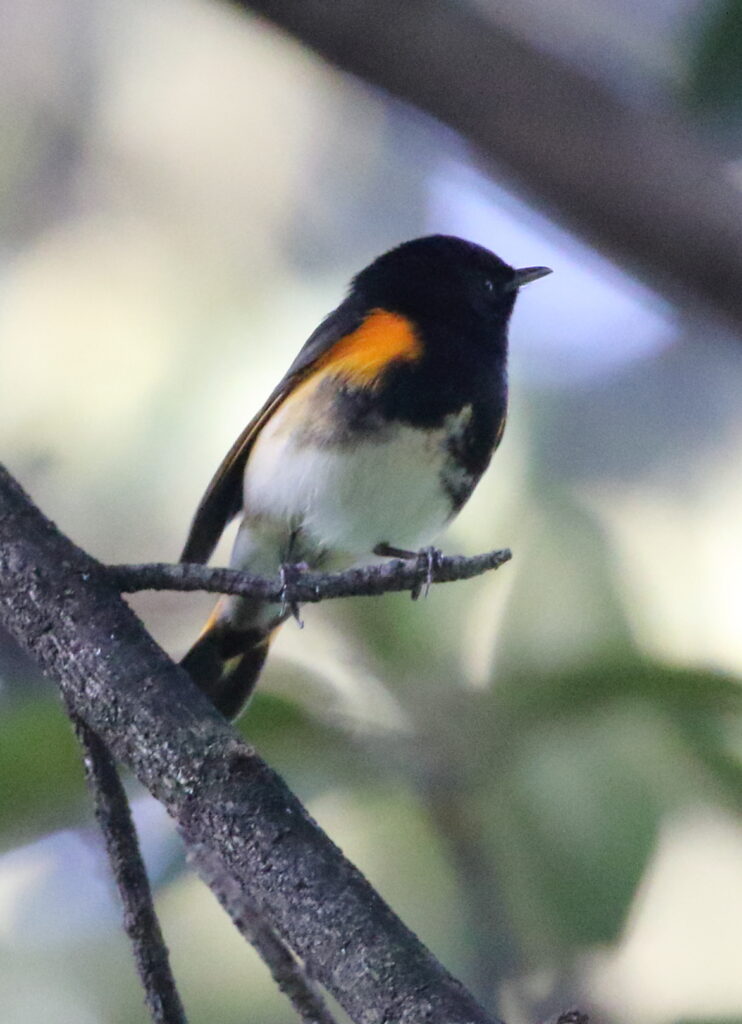News Flash!
Braden graduates from the University of Maine!
Okay, we all felt confident that he would, but holy cow, where did the last four years go? After all, when we started FatherSonBirding (see our first post, “A Quest for Snowy Owls,”) Braden had just turned fifteen years old and was a mere freshman in high school. What he has accomplished in college has truly done him proud. He would no doubt say that his greatest achievement was to start the UMaine Birding Club and turn it into a powerhouse campus conservation, education, and social organization. As proud parents, however, Amy and I would point out that he also graduated with highest honors, made incredible friendships, spent a semester in Costa Rica (see post “A Glimpse of a Ghost”), got two articles published in top birding magazines, and amassed a Maine Life List of 231 bird species. Along the way, he has transformed himself into a compassionate, kind leader with a passion for meaningful connections and making the world a better place. Congratulations, Son! We couldn’t be prouder.
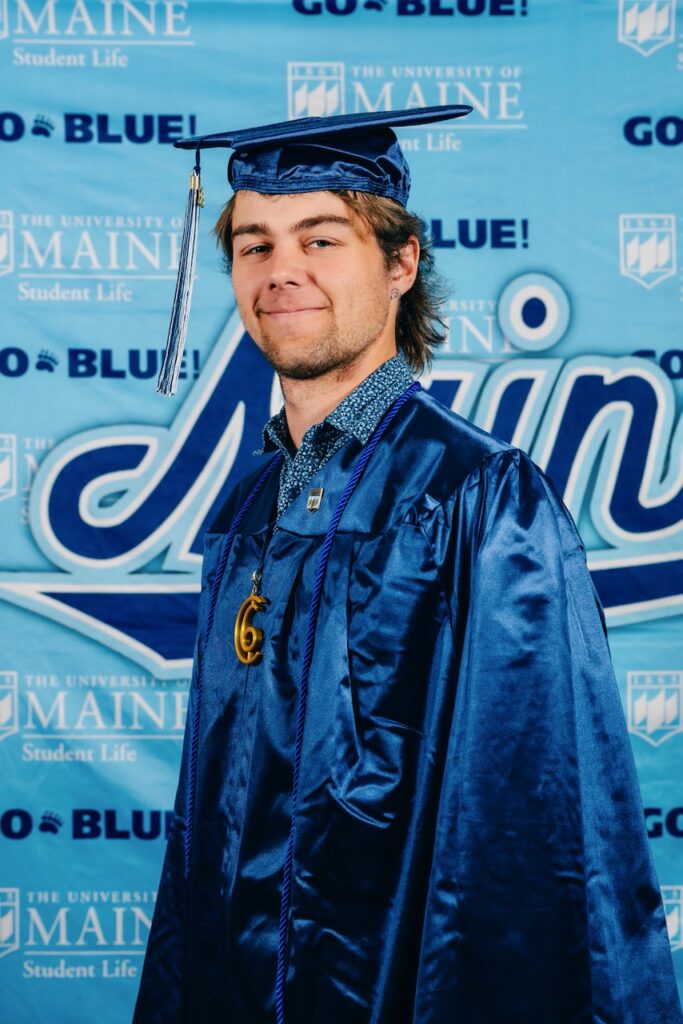
Amy, Tessa, and I were incredibly fortunate to be able to travel to Maine to partake in the celebration last week, accompanied by Braden’s wonderful uncle, Dennis. We got to meet Braden’s friends, get a tour of his favorite UMaine hangouts, attend the Honors College celebration—and, of course, we went out birding!
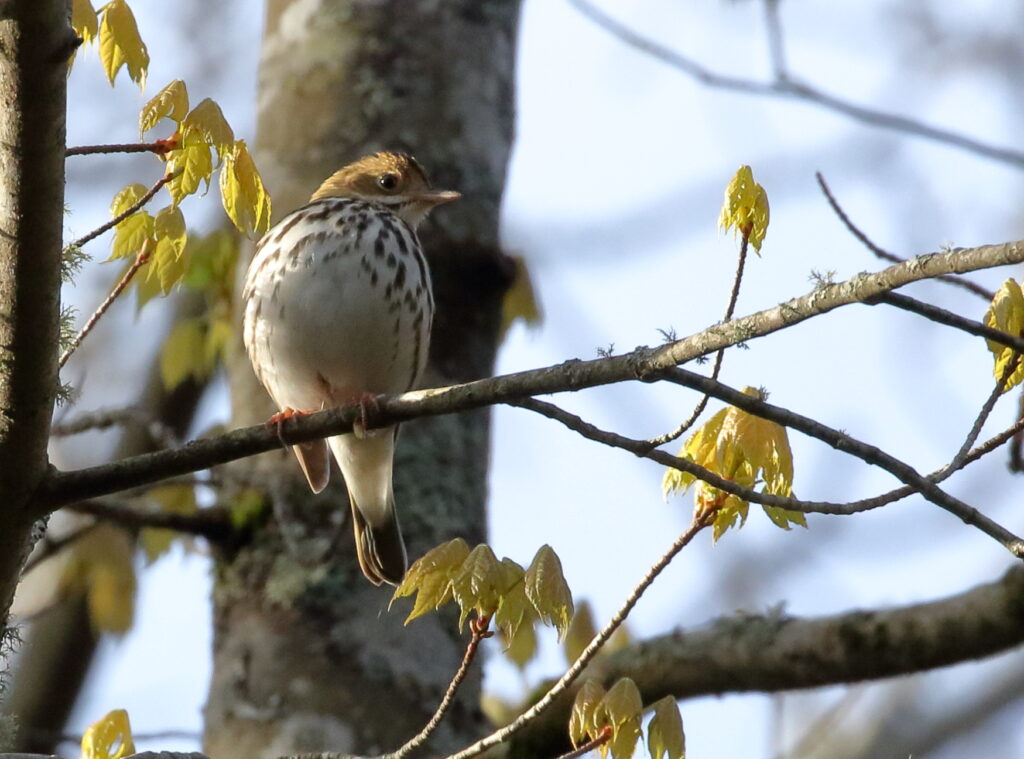
Shaking off my eighteen-hour travel day, I awoke bright and early Saturday morning so that Braden could pick me up for an excursion with some of his friends and birding converts to one of their favorite local hotspots: Taylor Bait Farm. Braden and I had birded here three-and-a-half years earlier (see post “A Tornado of Warblers”) when I originally dropped him off for college, but this was my first time back since. A cold drizzle greeted us (see Equipment Notes at end of this blog), but that did nothing to dampen the bird activity. My top priority? Seeing migrating warblers—and they delivered! Almost immediately, Braden and his friends began calling out Chestnut-sided Warblers, Northern Parulas, Black-and-White Warblers, Ovenbirds, Palm Warblers, and a spectacular male Magnolia Warbler.

Braden’s friend Emmit confided to me that the UMaine Birding Club generally considered Black-throat Green Warblers to be the “worst” warbler, but we both strongly disagreed, and I said that anyone who had a problem with that should come see me. Shortly afterward, in fact, I got to see my first “BT Green” since Braden and I visited High Island, Texas more than eight years ago!

That night, after Braden’s Honors College celebration, he took our entire family out to a place he called “the bike path” for what turned out to be one of the coolest things we have ever witnessed. As the sun set over a large field, a strange, short buzzy song interjected itself into the chorus of spring peepers, Red-winged Blackbirds, and other calls. “That’s it!” Braden excitedly told us. “American Woodcock!”
Braden had told me that we might see one, but as is my nature, I didn’t really believe him. As we all waited in the dimming light, however, a shape suddenly rose up into the sky. “There it is!” Braden exclaimed. The bird’s silhouette looked very similar to a Wilson’s Snipe, and it flew around high in the air—in fact, right over us—before diving back down to its spot in some nearby bushes. Dennis and I felt especially moved by this majestic, little-known performance. “I didn’t even know they did that,” I told Braden.

From there, Braden led us out onto the bike path itself in the hopes that Tessa would get to see amphibians. The path is where Braden has participated in “Big Nights”: rainy evenings when locals go out to look for—and help—frogs and salamanders that are migrating from their wintering grounds to spring breeding sites. We were a bit late in the year and the rain had stopped, but we lucked out by finding a lone spring peeper on the path. Braden showed Tessa how to wet her hands before picking it up so as not to damage the animal’s delicate skin. Then she moved it off to safety. It was the first frog Tessa ever got to hold and it pretty much made the trip for her!
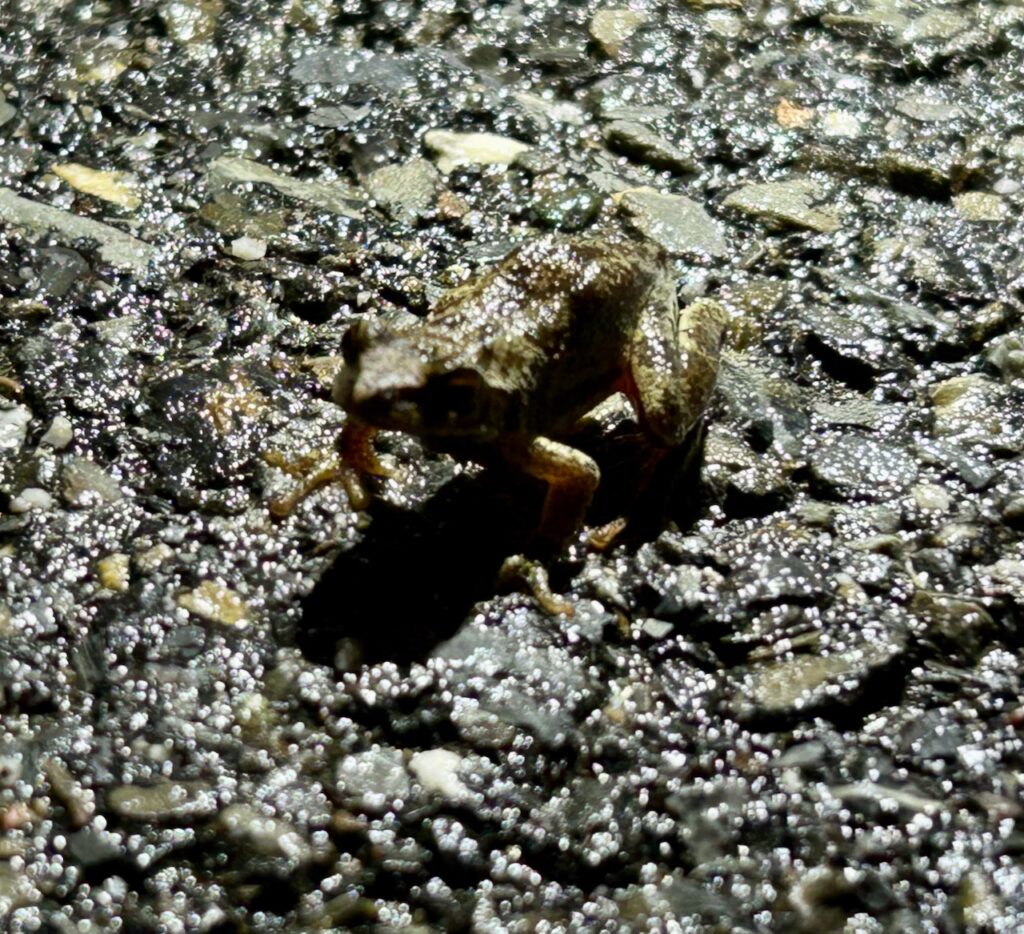
Because of the rain and dim light, I had yet to take any bird photos, so the next morning I woke early before graduation and birded around our Airbnb at Pushaw Lake, nabbing a couple of year birds, Eastern Bluebird and Pine Warbler. Then, we all headed into Bangor to watch Braden “move his tassel.”
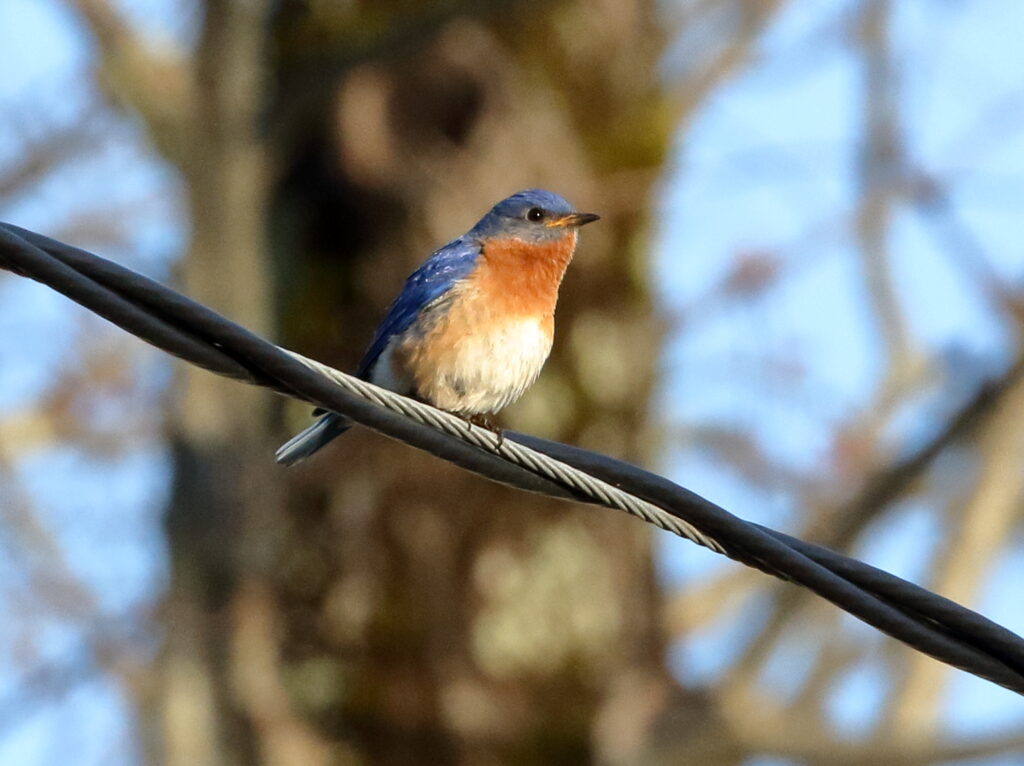
Before we knew it, though, we awoke to our final morning in Maine, and Braden picked me up for another early round of birding. He had originally intended to find me my lifer Winter Wren, but I told him that I’d rather spend more time with warblers—and try to photograph them—so we headed back to Taylor Bait Farm. We are so glad that we did!
The hotspot proved even birdier today than it had two mornings earlier. The day started out great, with excellent looks at Solitary Sandpiper, Rose-breasted Grosbeak, Blue-headed Vireos, and Veery. Common Loons flew overhead and a Ruffed Grouse thumped in the distance.
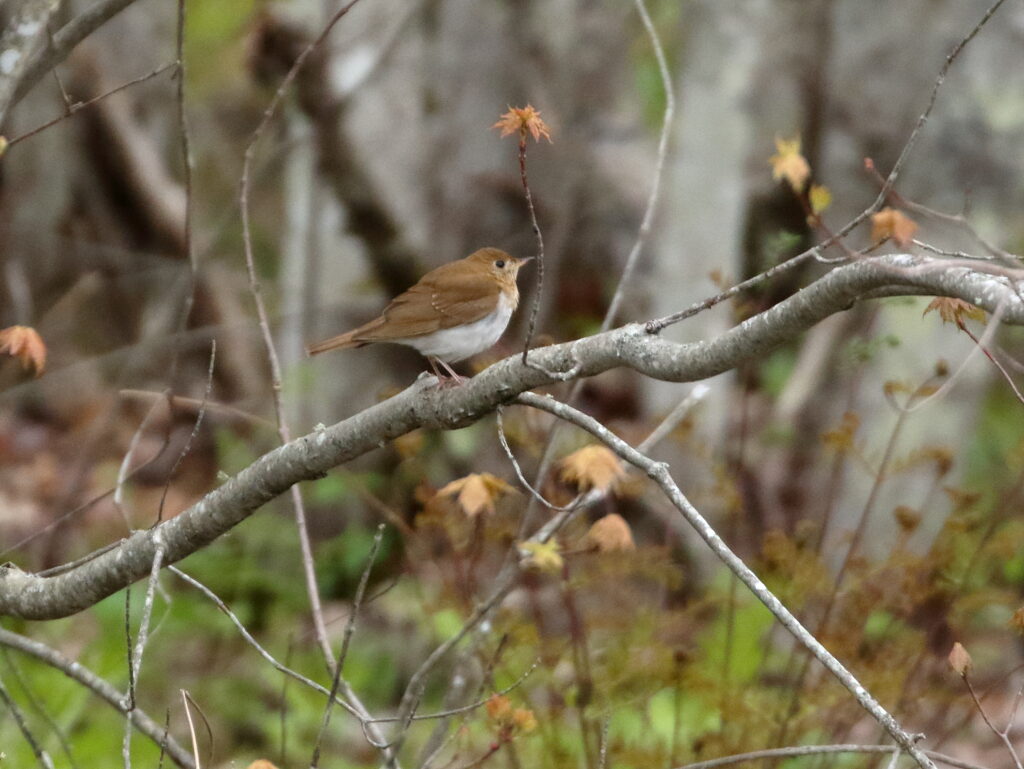
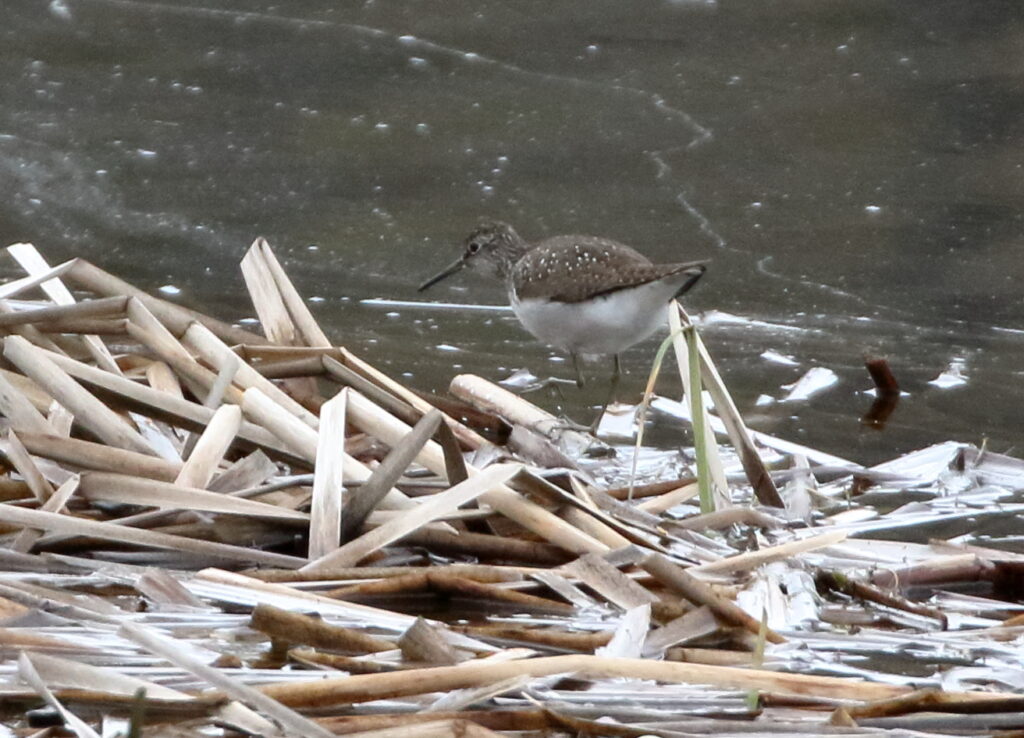
The warblers had not gone anywhere, either. We saw or heard thirteen species. I captured my best-ever Chestnut-sided Warbler photos, but the highlight was finding a Bay-breasted Warbler, a bird Braden especially wanted to see before leaving Maine. It was ironic that this bird captivated us so much here after blowing us away in Montana last spring (see post “A Rare Warbler in Western Montana”). Believe it or not, it did not even end up being our bird of the day.
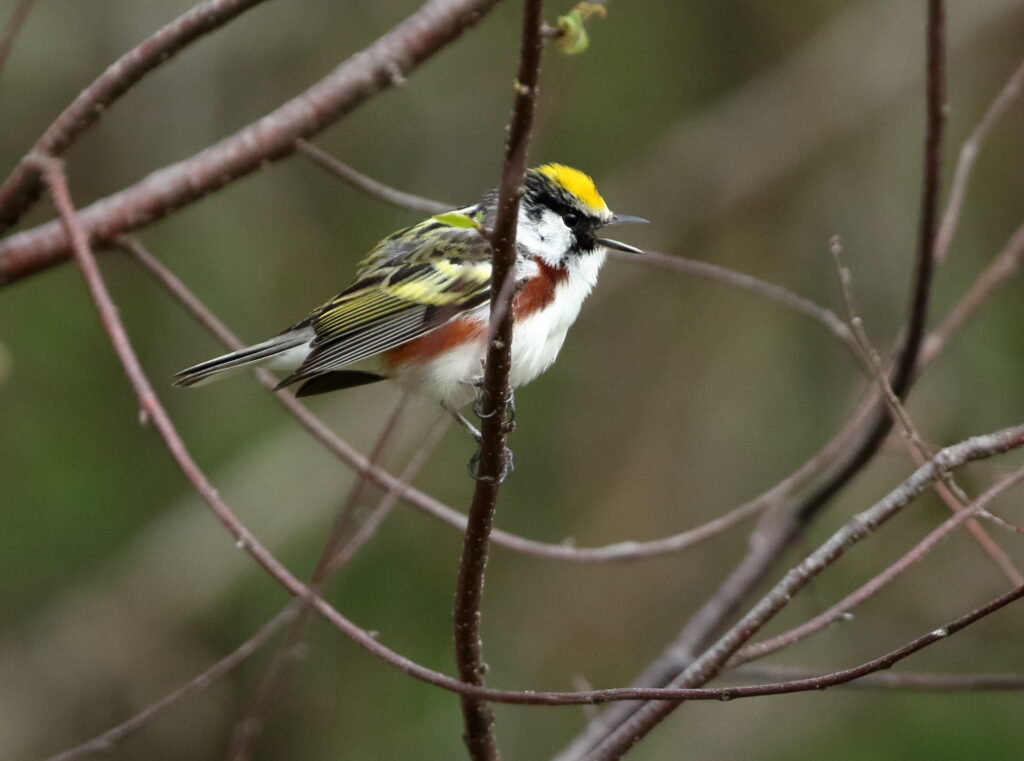
As we made our way back to the car so that we could meet up for a final family breakfast, Braden suggested we take a slightly different path that wound its way along one of the ponds. As we started down it, a bird flew across the sky. “Get your eyes on that!” Braden said.
I did and for a moment, felt disoriented by what I was seeing. Then my brain began to put it together. “It looks like a cuckoo!” I said.
“It’s a Black-billed Cuckoo!” Braden exulted right before the bird disappeared.
We just stared at each other, open-jawed.
“Have you seen them here before?” I asked.
“I’ve never seen one in Maine!” he emphasized. “They’re really hard to see—and you never hear of one just flying over like that! That’s a lifer for you!”
(See also our post “Going Cuckoo for Fall Warblers in Texas.”)
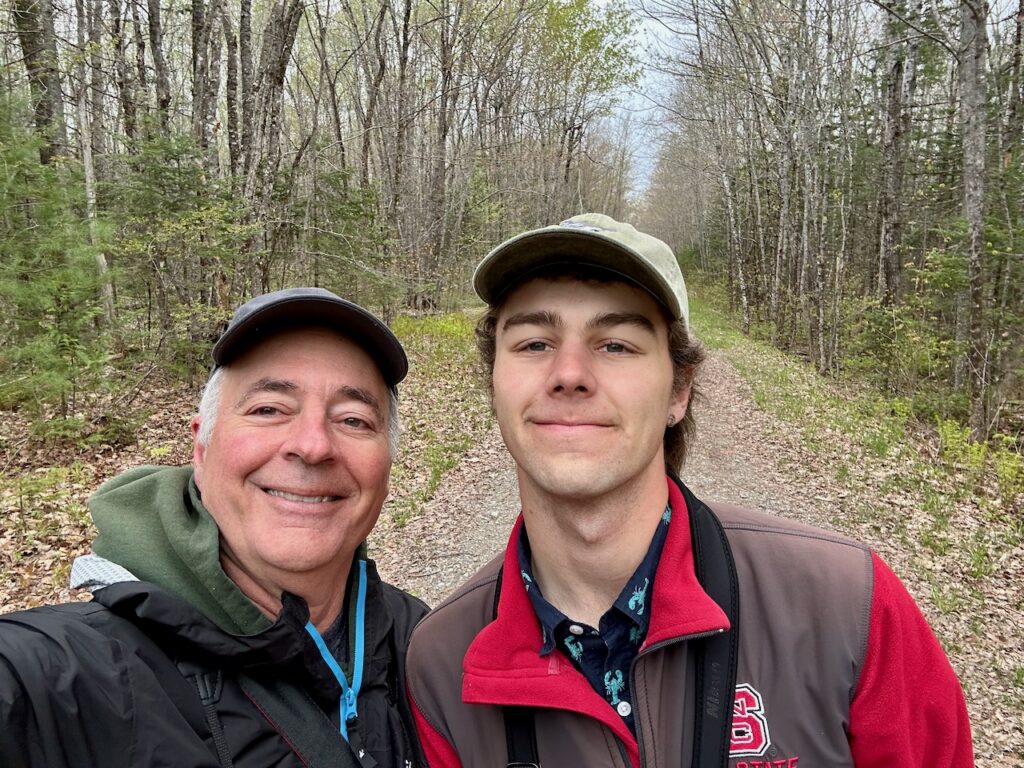
Indeed, but even more, it was a total shock. Like the Yellow-throated Warbler I saw in Texas only three weeks ago (see post “Target Birds and a Shocking Surprise in the Texas Hill Country”), the cuckoo hadn’t even registered as a possibility. It was a great way to cap what turned out to be Braden’s best outing at Taylor Bait Farm in three-and-a-half years birding it. I couldn’t help thinking it made a perfect graduation gift—and boded well both for birds and Braden’s future birding career.
Sneed’s Trip Report: https://ebird.org/tripreport/370034
Equipment Notes: On this trip, I took along a pair of Vortex Viper HD 8X42 binoculars, which I reviewed in this post. This, however, was my first chance to use them in rainy conditions and I have to say, they performed incredibly well. While my companions’ bins were fogging up, the Viper HDs stayed clear as a bell during our two-hour drizzly session. I also had a chance to use the Vipers in “almost night” conditions to view the American Woodcock mentioned above. Again, I was impressed with the amount of light they transmitted, allowing me to easily follow the bird’s silhouette in flight. Back at our Airbnb, I let Braden look at a distant loon on the lake and he said, “Wow, those are good binoculars!” I suspect I’ll be using these a lot more!
